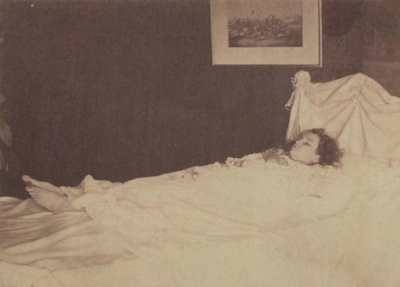Book Review: Julia Margaret Cameron: The Colonial Shadows of Victorian Photography by Jeff Rosen
- Publisher : Paul Mellon Centre (June 11, 2024)
- Language : English
- Hardcover : 292 pages
- ISBN-10 : 1913107426
- ISBN-13 : 978-1913107420
Courage, however admirable in the field, however worthy of our respect, admiration, and gratitude, cannot alone entitle a man to promotion and distinction in offices of trust and honour, if he has not, besides courage, the mental and moral qualities required to do justice to that office. (A letter dated 11 September 1843 from Julia Margaret Cameron to Captain George Broadfoot, pg.35).
The book title, The Colonial Shadows of Victorian Photography is a reference to the Indian Uprising of 1857. In May of 1857, young Indian men had no choice but to serve in the East India Company armies. They revolted against British officers who commanded their regiments; in an uprising that caused a rebellion which spead throughout the Indian subcontinent. As 1858 ended, Queen Victoria dissolved the East India Company, getting India as a British colony.
For Julia Margaret Cameron, the shadow of the Indian Uprising was direct and personal effecting not only her family but her photography as well. For instance, Arthur Prinsep, Julia Margaret's nephew, was a cadet assigned to the 4th European Light Cavalry on 20 October 1856. In January 1857, he was promoted to lieutenant and called into action from base in Lucknow fort to the Kashmiri gate in Delhi. As if this wasn't bad enough, in July 1857, living in London's Putney Heath, Julia Margaret left her home and travelled to the Photographic Institution on New Bond Street, so she could have a portrait made of her eldest son Eugene, who was about to report for duty in the Royal Artillery. It was on the same day, 31 July 1857, that Julia Margaret wrote a letter to her eldest daughter, Juley, still thinking of the Indian Uprising,
The extra telegraph of today brings shocking accounts of the massacre of European Women & Children- & of course this is shocking enough-but of course also our Soldiers must have been enveloped in defending them - & then other Regiments have revolted the 3rd Regiment I think this was the Regiment after swearing fidelity and receiving arms issued & murdered all their officers, (In a letter dated 31 July 1857 from Julia Margaret Cameron to her daughter Julia Hay Cameron, pg.70).
Being born of Indian blood, Julia Margaret Pattle was born in the capital city of Calcutta (Kolkata), daughter of a governing official of the East India Company. She would grow up to marry Charles Hay Cameron, President of the Calcutta Council of Education and member of the Supreme Council of India.
This book makes the case that Julia Margaet Cameron was shaped personally by these historical forces and argues that the legacy of the war in India infused her sense of national identity and enforced both her artistic practice and the narrative choices of her photography.
The lovely remains of my little Adeline (1872)I establish that her early photographic activities - especially her construction of gift albums of members of her circle - were shaped by a discourse of British colonial superiority and driven by her strong desires to contribute to that historical narrative (Author and professor Jeff Rosen, pg. 70).





Comments